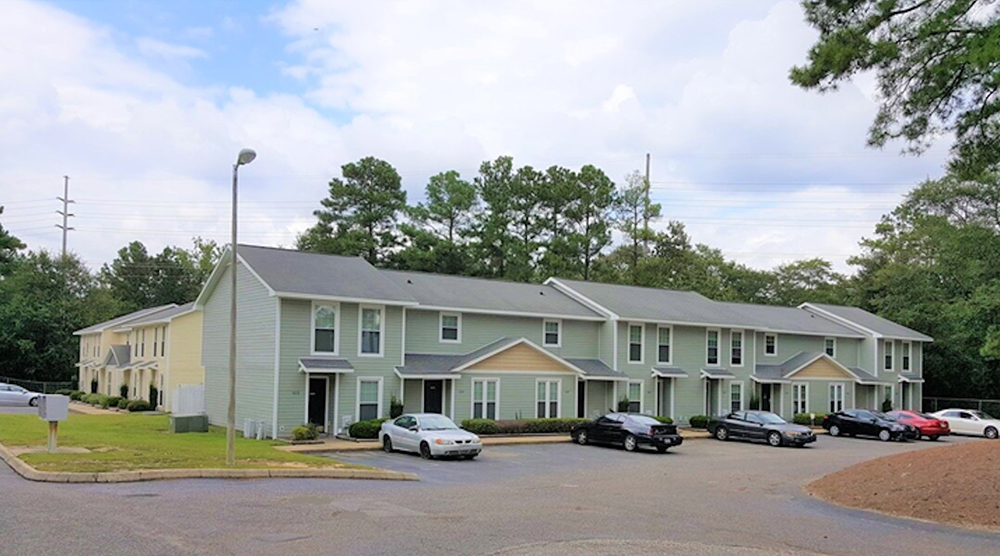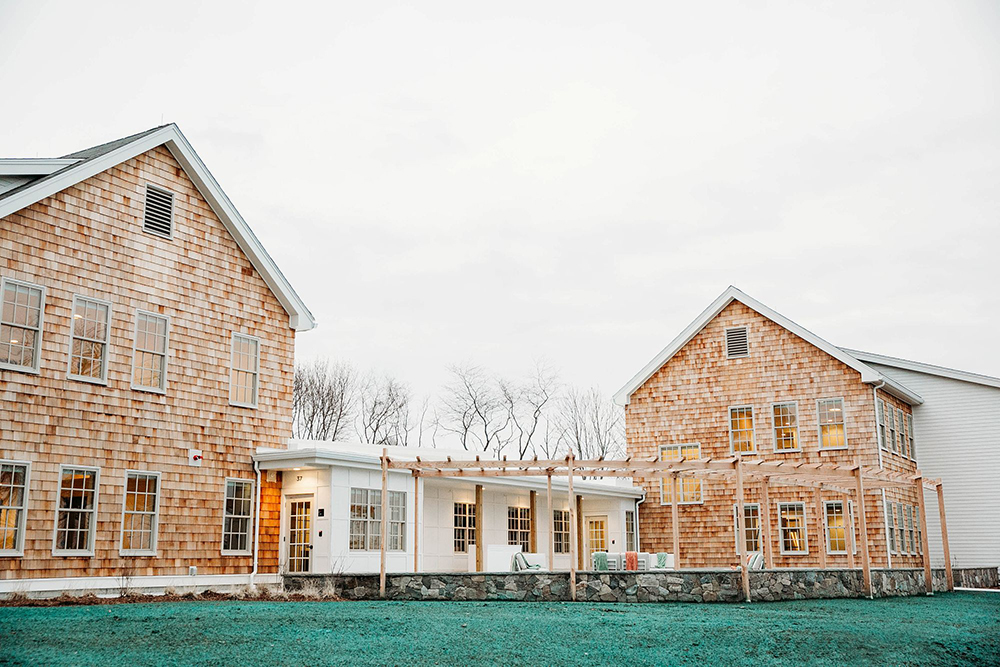Reverse exchanges and the challenges of a competitive real estate market - by Michele Fitzpatrick

Our current, highly competitive real estate market poses specific challenges for investors who are considering taking advantage of a tax-deferred 1031 exchange. In this market, investors will have no problem selling their current property if priced properly, but they may find it difficult to find a suitable replacement property within the allotted IRS identification period.
The IRS code requires identification of up to three potential replacement properties within 45 days of the closing date of the relinquished property and up to 180 days from the same date to close. That means, you have plenty of time to close, but shopping for that replacement property, when properties are selling within days of being listed for sale, can be a real concern.
To address this issue, the IRS created “safe harbor” guidelines in Revenue Procedure 2000-37, which enables investors to effectively buy before selling. This process is called a reverse exchange and it allows a real estate investor to find and purchase the replacement property before selling the property to be relinquished.
There are two ways a Reverse Exchange can be structured. Both reverse exchange options involve a procedure called “parking,” in which title to the property is vested in an Exchange Accommodation Titleholder (EAT). Most commonly, the EAT is a limited liability company created by the Qualified Intermediary solely for the purpose of parking property.
Reverse Exchange – Option 1 – Replacement Property Parked
How it Works: The EAT acquires title to the replacement property and holds it until the investor sells the old property.
Once the relinquished property is sold, the EAT transfers ownership of the replacement property to the investor.
Important Considerations: The investor must arrange for financing for the replacement property purchase or pay cash. This may involve extended dealings with a lender in order to ensure that the lender understands that title to the collateral is vested in the EAT, not the investor/borrower, if the exchange is structured as a “Replacement Property Parked” exchange.
Benefits to the Investor: This parking option permits the EAT to lease the property to the investor. It also permits the investor to make improvements to the replacement property prior to giving up the relinquished property. This improvement option is often essential when relocating a business, or when value needs to be added to the replacement property to satisfy the requirement to buy equal or greater in value, which is essential if the investor wants to avoid all tax, including recapture of depreciation.
Reverse Exchange – Option 2 – Relinquished Property Parked
How it Works: The investor deeds the property to be relinquished to the EAT and then purchases the replacement property in the investor’s own name.
When the investor locates a purchaser for the relinquished property, the EAT then transfers it directly to the buyer and receives cash in return.
This parking arrangement option allows investors to receive loan proceeds to fund the purchase of the replacement property in their individual name rather than through the LLC, as it would be done with the Replacement Property Parking option.
Important Considerations: In this type of reverse exchange, the EAT having acquired the old property from the investor, later becomes the property seller to an actual buyer identified by the investor. The investor has 180 days, from the acquisition date of the replacement property, to arrange a sale to a third party. The investor needs to be confident that the relinquished property can be sold within the 180 days in order to keep the exchange within the safe harbor guidelines.
Benefits to the Investor: The perfect piece of replacement property does not slip through an investor’s hands because the investor is not ready to sell the relinquished property before the replacement property is purchased. This parking arrangement gives investors time to locate their desired replacement property without the pressure of the 45-day identification period and provides additional time to list and sell the relinquished property, which may mean an increase in the sale price and ultimately more profit to the investor.
Conclusion: Each reverse exchange parking option has potential risks as well as costs associated with the arrangement. We recommend consulting a knowledgeable Qualified Intermediary or tax professional in order to be certain that it is financially advisable. In a hot real estate market, either option can be well worth the time and expense it takes to preserve the investor’s profits and help build wealth faster utilizing IRC Section 1031.
Michele Fitzpatrick is the 1031 Exchange relationship manager, vice president, at Northern Bank, Woburn, Mass.
*Northern Bank, including its subsidiary Northern 1031 Exchange, LLC does not provide tax, legal or accounting advice, nor can we make any representations or warranties regarding the tax consequences of your exchange transaction. We strongly encourage you to seek appropriate professional advice regarding your specific facts and circumstances.
Preservation of Affordable Housing secures $23.5 million in financing from Rockland Trust and Citizens Bank


Conn. hospitality market: A technical appraisal perspective on market dynamics and valuation challenges (2019-2025)









